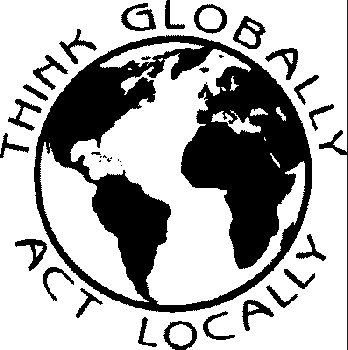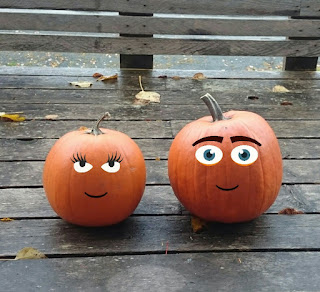Inspired by the "7 Habits of Highly Effective People", this post addresses a handful of characteristics found in nutrition-savvy individuals around us. This list is not all inclusive or exclusive. If you don't identify with anything on this list, it doesn't mean you aren't nutrition-savvy. It might just mean that you have a multitude of characteristics I haven't thought of yet - post your attributes in the comments!
Nutrition-savvy traits:
8) Not cutting out nutrients/food groups
They understand that moderation is key, and everything can be enjoyed in balance. Eliminating ALL sugar, ALL cholesterol, ALL root vegetables, or other nutrients or food groups entirely might not be sustainable - especially if they were a big part of your life to begin with.
If cutting out sugar is a goal, try to keep fruit in the picture. If cutting out all cholesterol is a goal, understand that this means any and all animal products (and that decreasing saturated fat might be a better target to attack elevated blood cholesterol levels).
Conversely, they understand that there isn't one nutrient that is the end-all-be-all of nutrients. Whatever nutrient or food it may be, people with well-rounded nutrition knowledge understand their limits, and work with what is reasonable in moderation.
7) Not identifying themselves by their food practices
For example: Roberto is an ancient-grain/vegan/macrobiotic/low-gluten beekeeper who raises organic eggplants on the side.
While this beekeeper sounds like a really awesome person to get to know, they may find it difficult to change an aspect of their diet because it has become their identity. What if Roberto decided that being vegan was no longer working for him?
Therefore, it may be more nutrition-savvy to recognize that sticking on a single dietary behavior might not work in the long run. If it was incorporated it into identity, changing it would mean having to deal with their friends and family asking endlessly about it. Who wants their diet changes to be the topic of family reunions? Not Roberto.
6) Thinking in portions AND proportions
Many people have found weight loss success in portion control. Using smaller plates, smaller utensils, smaller measuring cups, etc. These people are also likely using proportion control - balancing the ratio of fruits and non-starchy vegetables with lean meats and their whole-grain starches to achieve a balance.
5) Feeling safe and confident that they have enough food
This is also known as food security, and it can help prevent over-eating episodes. For example - have you ever had food FOMO (Fear Of Missing Out)? Where you say "I'm not sure when I'll get to have this again" or "someone in my household might eat all of this before I get a chance to have some" and then you eat it, whereas otherwise you may not have?
Instead, some nutrition-savvy people think "I know that I can have that later if I want it, now that I know exactly where and when to find it!"
4) Trusting gut instincts about food
New nutrition research finds its way into publications all the time. Does this mean that it is immediately trustworthy? No! Not all research is created equal. If a research article says that eating five apples per day is guaranteed to prevent cancer, does that sound too good to be true? It probably is.
3) Not following fad diets and understanding why they don't stick
This goes back to moderation - and nutrition-savvy people understand it. They've seen what fad diets have done to their friends and family, and understand why they don't choose them for themselves. Short-lived weight loss (followed by increased weight gain) is typically the result. They don't want to waste their time with what they know won't work for the long-term.
2) Open-mindedness about new nutrition research (well designed research, that is - see #4)
Sometimes, people get frustrated with nutrition research. They say, "but wait, I thought earlier you told me that extra virgin olive oil was a good choice? Now you're telling me that canola oil is also a good choice? How can they both be a good choice?".
New research sometimes means additional information; not necessarily that what was said previously was wrong. But, sometimes that does happen (i.e. dietary cholesterol verses saturated fat and how they affect blood cholesterol levels).
Instead of getting frustrated, roll with the punches, and understand that just because the research changed doesn't the human body changed. Moderation is still in play.
1) Respecting of others' nutrition practices
Because they are secure in their own nutrition patterns, why would a nutrition-savvy person need to judge others on theirs? This goes for supporting #7 and Roberto (the ancient-grain/vegan/macrobiotic/low-gluten beekeeper who raises organic eggplants on the side).
Roberto can eat whatever and however he wants, and change his habits whenever he so desires, because he knows that nutrition-savvy people are respectful of his choices.
How many people do you know that identify with one or more of these personality traits? What personality traits make you nutrition-savvy?
Kate Fossman, RDN, LD
October 8, 2015


















